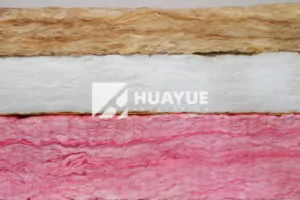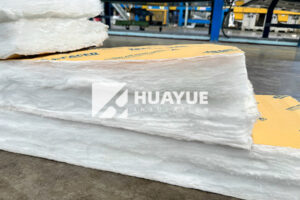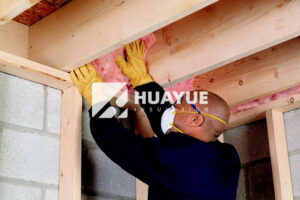What is Batt Insulation vs Roll – How Do They Really Compare?
Struggling to pick the right insulation? I get it. The wrong choice could cost you more in energy bills and headaches down the road.
The main difference between batt and roll insulation is in how they are manufactured and installed. Batts come in pre-cut pieces, while rolls come in a continuous sheet that you cut to size.
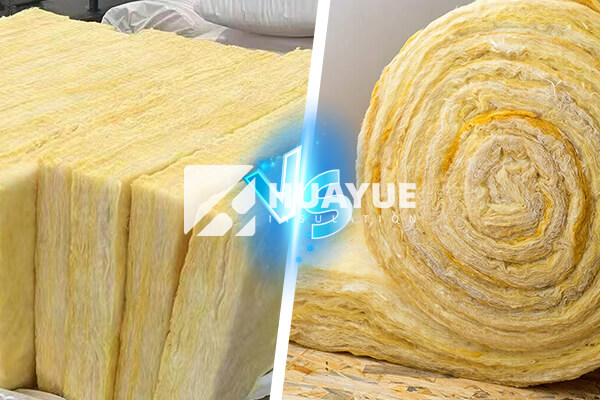
When I first started looking at insulation options, I found the fight between batts and rolls pretty confusing. Both can make your building more comfortable and lower your bills, but picking the right one comes down to knowing where and how you’ll use it. I learned there’s more to the story than just R-values and price tags, so stick with me to get the whole picture.
What is Batt Insulation vs Roll Insulation?
Choosing between batt and roll insulation isn’t just a matter of what looks easier on a shelf—I had to understand the basics so I’d know what would really work best in each space.
Batt insulation is made in pre-cut pieces, usually from glass wool, mineral wool, fiberglass, or even rubber foam. At HUAYUE, our batts are tailored to standard stud and joist spacing, which makes them easy to fit in between walls, floors, and ceilings. By contrast, roll insulation is just one long sheet—think of it as a carpet you can cut to whatever length you need. Both types are designed to slow the flow of heat, but they serve spaces and projects a little differently.
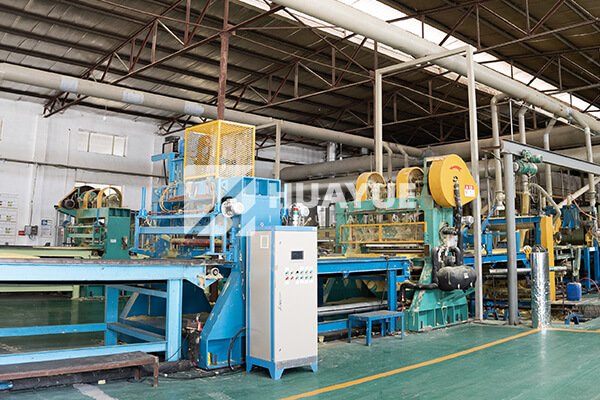
Let me break it down further to make it easier. Both batt and roll insulation belong to what the industry calls “blanket insulation.” That basically means they sit like a puffy layer over the area being insulated. The difference comes in their handling and application. While batts are engineered as pre-sized segments—especially convenient for walls filled with obstructions—rolls let you work quickly through larger, exposed spaces. Here’s how I break down their strongest points:
Table 1: Quick Comparison of Batt vs. Roll Insulation
| Feature | HUAYUE Batt Insulation | HUAYUE Roll Insulation |
|---|---|---|
| Form | Pre-cut panels | Long, continuous sheets |
| Best Use | Small, complicated spaces | Large, open areas |
| Material Options | Glass wool, mineral wool | Glass wool, mineral wool |
| Easy to Install | Yes, very (for fits) | Yes, for straight areas |
| Waste/Storage | Minimal if measured well | Possible excess |
| Typical Projects | Walls, floors, attics, garages | Attics, crawl spaces, floors |
| R-Value per Inch | R-2.9 to R-4.3 | R-2.9 to R-4.3 |
In my experience, if you have a room filled with pipes, outlets, and odd corners, batts simply fit better and waste less material. But if you are working in a long, open attic or storage area, rolls let you get the job done faster and sometimes cheaper.
What Are the Key Benefits and Drawbacks of Each?
I used to get stuck on price, but I quickly realized that each insulation type comes with its own list of trade-offs—some obvious, some you only see after years on the job.
Batts are easy for even a novice to install because they come ready-cut from HUAYUE’s factory. Since you can fit them right into building frames, they keep gaps and air leaks to a minimum—when sized correctly. Plus, they’re usually affordable, so you don’t have to hire extra help for basic jobs. The downside? They just don’t do as well in awkward or cluttered spaces, where cutting and patching can leave gaps. Hugely humid spots can make batts sag or compress, which knocks down their R-value. And yes, if you don’t seal them up with a vapor barrier, moisture can still sneak through.
Roll insulation, on the other hand, is great if speed matters or you’re covering wide, open spaces. At HUAYUE, we supply extra-long rolls of glass wool and mineral wool, which you can unroll and trim as needed. On the downside, big rolls can get awkward—hauling them up ladders or cutting over long distances isn’t always easy, especially for one person. Also, the edges of cut rolls can sometimes leave small gaps if your measurements are off.
Let’s get a bit deeper with another chart:
Table 2: Advantages and Disadvantages
| Aspect | Batt Insulation | Roll Insulation |
|---|---|---|
| Pros | Easy fit; minimized gaps; DIY-friendly; affordable | Fast for big jobs; less jointing; less expensive |
| Cons | Tedious in odd shapes; can sag/compress; fibers | Bulky to move; can tear; tricky in tight spots |
| Health/Safety | Possible irritation (use mask/gloves) | Possible irritation with fiberglass |
| Moisture Control | Needs vapor barrier | Needs vapor barrier |
I’ve learned that sometimes, you need to mix and match, using batts for the fussy sections and rolls for the broad areas.
How Do I Choose the Right Insulation Type for My Project?
Trying to pick the right product for your space? I always ask myself three key questions: Where is the insulation going? Who is installing it? What’s the long-term goal?
First, measure the space. HUAYUE’s batts fit most modern wall frames right out of the package, so I choose them for upgrades in walls, between floors, or behind pipes. If I have long, clear attic runs, rolls save me time and reduce the number of seams—less risk for uncontrolled air movement. For projects inside industrial tanks or commercial spaces, I think about what’s accessible and whether I need the finished layer to be top-notch.
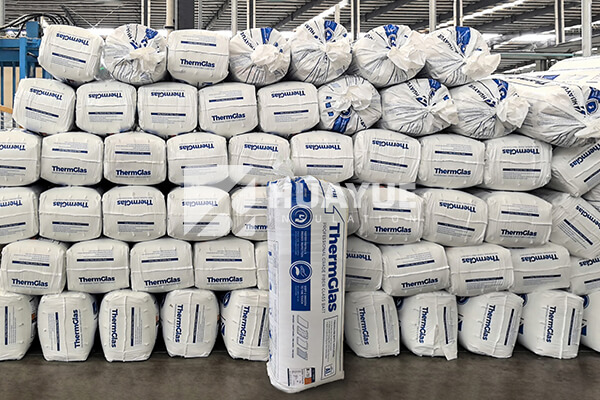
Second, I consider how much cutting and sealing is required. More joints mean more possible gaps and energy loss, so I think about how much time I have and if professionals are helping. For fast installs and fewer seams, the roll wins. For tighter, odd shapes, batts work out better.
And last, I remember the big picture: Save on costs, yes, but also get a product that’s certified, safe, and proven. HUAYUE batt and roll insulation carry CE, ISO, and SGS approvals, so I know I’m not gambling on performance or health concerns.
Table 3: Where Each Shines
| Best Use Case | HUAYUE Batt | HUAYUE Roll |
|---|---|---|
| Pipes, tight spaces | X | |
| Long, clear attic runs | X | |
| DIY homeowner | X | X |
| Industrial big jobs | X | |
| Retrofits, renovations | X |
Conclusion
Batt or roll? Both work well but suit different jobs. HUAYUE gives you both—just match the type to your project’s needs and you’ll insulate with confidence.
You may also be interested in:
Ready to Get Started?
Get in touch with our experts for personalized solutions tailored to your needs.
Get Free QuoteLatest Articles
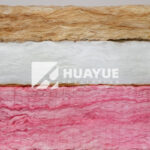
Eco Batt Insulation: What You Need to Know?
Dec 12, 2025
Let's Work Together
Ready to take your business to the next level? Get in touch with our team of experts and let's discuss how we can help you achieve your goals.
Get Free Solutions
